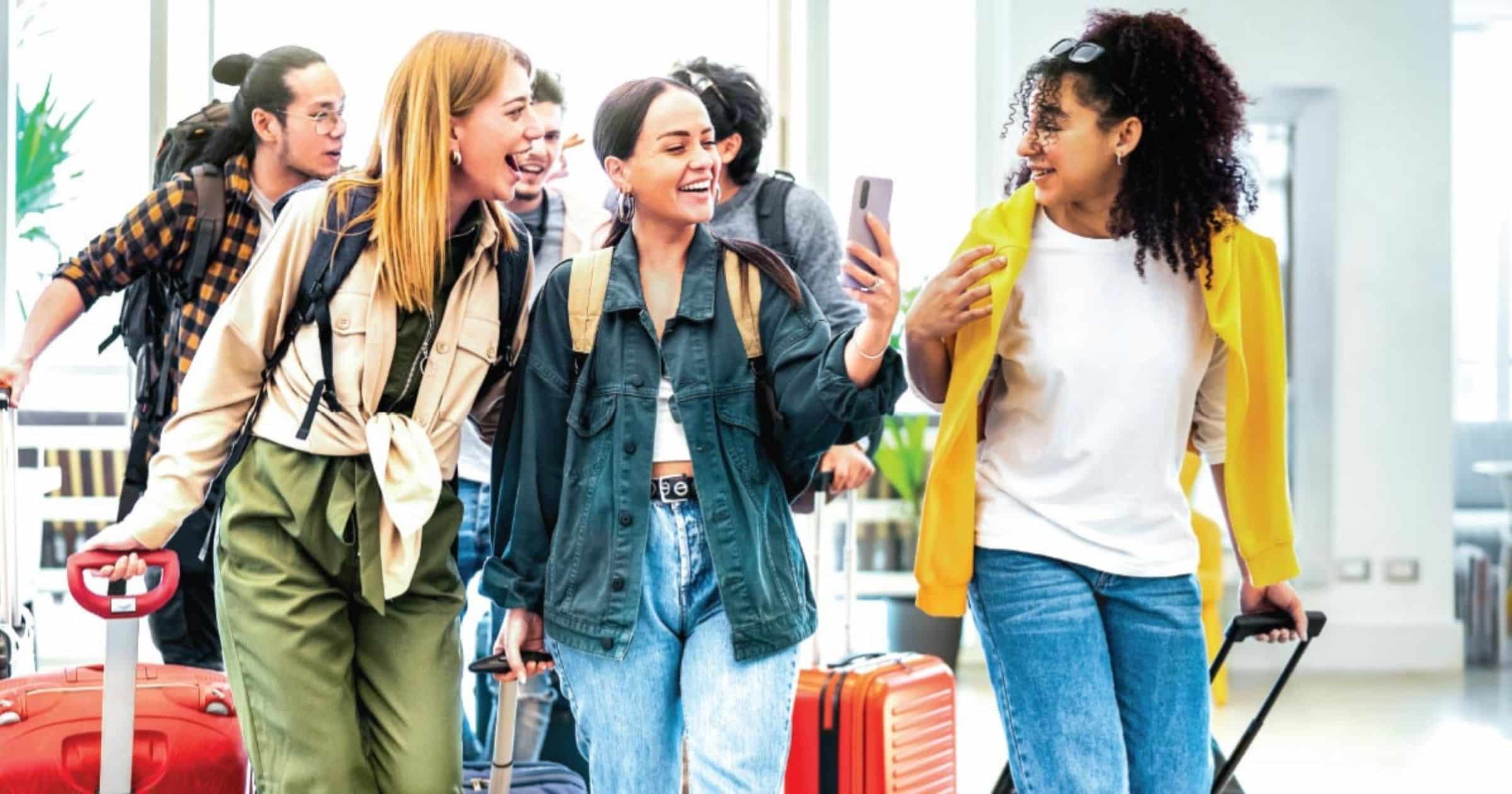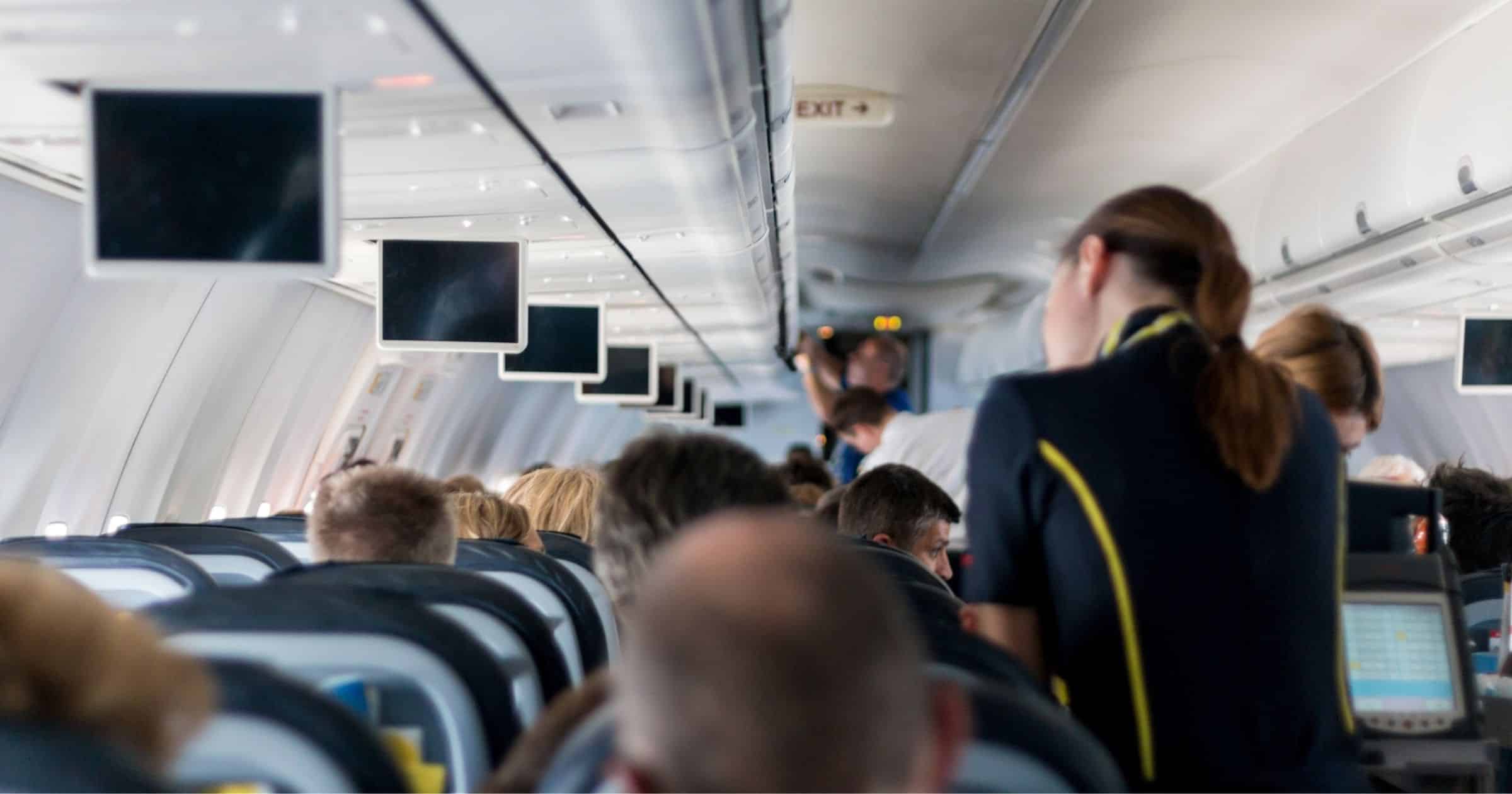Human trafficking is a global crisis, and the travel industry—hotels, airlines, and bus companies—is often exploited by traffickers to move and house victims. As educators and group leaders guiding students through unfamiliar environments, it is critical to recognize the warning signs of trafficking and know how to respond effectively.
Organizations like PACT (Protect All Children from Trafficking) are working hard to build a world free from child sexual exploitation and trafficking. They gave a presentation on how educators can help at the most recent SYTA conference, offering many of the key points here.
Understanding Human Trafficking
The Trafficking Protocol to the UN Convention Against Transnational Organized Crime gave the first internationally agreed upon definition of human trafficking: The recruitment, transportation, transfer, harboring, or receipt of persons through force, coercion, fraud, or deception for the purpose of exploitation. Importantly, movement across borders is not required for trafficking to occur—it can happen in a victim’s own town or city.
Child sex trafficking specifically involves minors being bought, sold, or exploited for sexual purposes. This includes cases where minors engage in sexual activity in exchange for necessities such as food or shelter.
How Trafficking Intersects with Travel
Human traffickers often rely on the travel industry due to its perceived anonymity. Hotels serve as locations where traffickers house and exploit victims. Air travel is frequently used to transport victims domestically and internationally. Commercial buses and rideshare services can also be utilized for moving victims to different locations.
As a student group leader, being aware of your surroundings and looking for red flags can help protect vulnerable individuals and prevent trafficking—in addition to being sure to safeguard your students’ safety while traveling (and online).
Signs of Trafficking in Hotels
When checking into hotels, pay attention to the following warning signs:
- Individuals being escorted into rooms by another person who lingers outside.
- Guests with little or no luggage, appearing disoriented or afraid.
- Adults refusing to let young people speak for themselves or interact with staff.
- Frequent visitors entering and exiting a room.
- Fearfulness around authority figures.
The Travel Industry’s Role
Several industry-wide initiatives are making travel safer, adopting pro-active anti-trafficking policies that send a clear message. They’re training staff in identifying suspicious behavior, empowering them to act when necessary. They’re also including anti-trafficking language in contracts and RFPs, ensuring that business partners are committed to addressing the issue.
How To React
- If you suspect a trafficking situation while traveling with students:
- Assess the situation. Take note of behaviors, locations, and interactions.
- Do not confront the trafficker or victim. This could place the victim in greater danger.
- Report suspicions to hotel staff, airline personnel, or transportation officials.
- Contact law enforcement or the National Human Trafficking Hotline at 888-373-7888, or text 233733.
Empowering Students to Stay Safe
Encourage students to stay with the group and avoid wandering alone, and to report any uncomfortable situations or suspicious behavior. There are also resources out there, like Hard Rock’s Social Identity Quest—in partnership with PACT—which educates youth on making safe choices and reducing risk with their online presence.
Since students spend much of their time in school, educators and staff play a vital role in combating trafficking. Schools can educate students and staff on trafficking risks and warning signs, while creating a safe, supportive environment that encourages students to seek help. It’s also a good idea to create prevention and response plans that include collaboration with law enforcement and social services.




